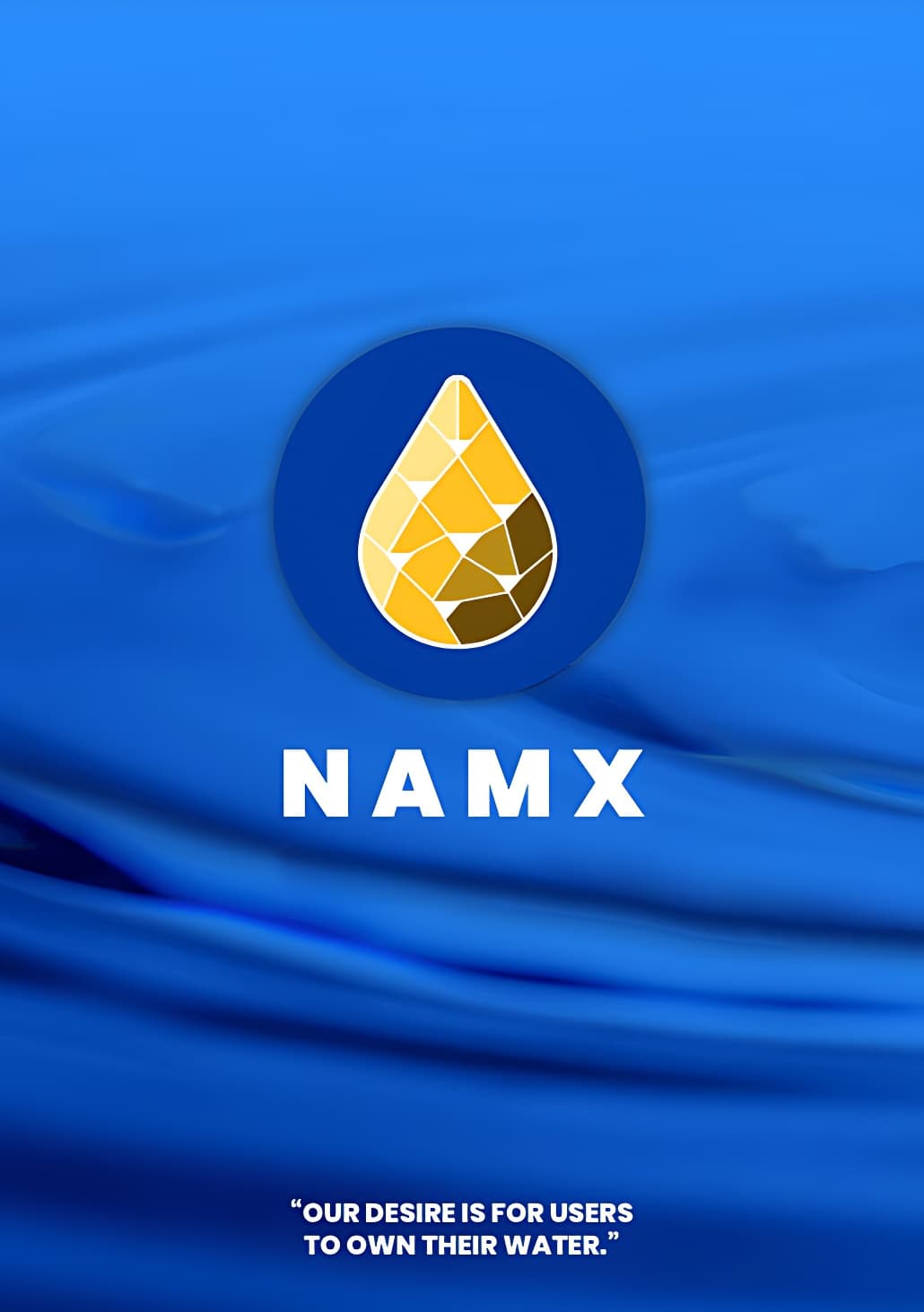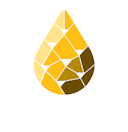About Us



NAMX as a “Smart Utility”
NAMX is a utility token. Both on the blockchain and in the “real” world. On the Blockchain, NAMX is considered to be a Utility Token because it serves a specific purpose and is used as component of a larger operation. In the real world, NAMX is a utility token as it intended for use in the public sector - to settle payments of utility bills and as a payment method for goods and services provided by local governments or large companies.
Why NAMX? Why not just use cash?
—Blockchain technology is the perfect use case for such an application. Firstly, it is publicly viewable and verifiable, instilling public confidence by mitigating fraud and corruption risk. Secondly, the blockchain is simply the network, by adding IoT devices to the network, a “smart” network is created. Two-way communication is opened up between local government and the citizens of the region, making more inclusive communities who can be engaged with to drive more desirable and effective public policies.
This type of network infrastructure in an urban environment is commonly referred to as a “Smart City”. What makes a regular city a smart city? The ability to measure and targeted factors such as; Air Pollution, Roadway, Electricity and Water usage, Public Transport and Recreational facilities usage, plus any other metric deemed undesirable by society. Any resource provided by tax-payer money should be measured and analyzed over time to gauge the effectiveness of resource allocation. With this approach, resources can be reallocated from areas of low demand to areas of high demand, developing more efficient local economies and regions.
That is only one way communication though. After interpreting the data, public bodies can implement policies that are designed to drive a desired outcome. For example, decreasing fees and taxes on public services during non-peak hours, this encourages citizens to take advantage of everything that the city has to offer. Reward-based programs act as an incentive for the public to adopt a more active lifestyle and engage in their communities more. Happier and healthier citizens are more creative and have a greater passion for life in general. A passionate public pursues noble self-improvement goals such as attaining higher-education credentials and donating their time to improve the community that they live in.
The possibilities are truly endless. To implement such a project is no small feat, that is why NAMX has partnered with a global leader in Smart City implementation and application. The King Mongkut Institute of Technology Ladkrabang, - or KMITL for sort, studies Smart City adoption and even teaches courses on the subject. The CTO of NAMX – Dr. Montri Wiboonrat is an Associate Professor at KMITL and is the Deputy Director of the Smart City Innovation and Research Academy. His guidance, along with the partnership of the University as a whole, form a crucial part of the NAMX organization.
Where to Next?
—NAMX has hit the ground running and has already found a city that wants to implement these technologies. Myeik, Myanmar – a coastal city in the South East Asian country, aims to take advantage of developments within the Smart City movement. By doing so, they will kickstart the local economy and bring it into the 21st century. Through our public infrastructure partner, BBWI, development of this system will be implemented in manageable phases, alongside their installment of vital infrastructure. BBWI has a 50-year concession to install and operate water treatment facilities and distribution networks. A similar agreement is also held by BBWI with regards to Energy Production facilities, Waste Management and even a Trade Port for the regions booming fisheries industry. NAMX will be right alongside BBWI during the development of these resources, working with them to implement a Smart City network, under the guidance of our partners at KMITL and our CTO.
NAMX aims to implement this program as a cornerstone project, showcasing how cities around South East Asia can benefit from adapting to modern best practice. In doing so, a network of interconnected regions will be created with NAMX as the central method of utility.
NAMX as an Educational Platform
It won’t come as a surprise for many to learn that Myanmar hasn’t had the greatest amount of exposure to cryptocurrencies, dApps or Defi products and services. This represents a great opportunity to start from a clean slate and introduce the user to the technology behind the systems that they are ultimately benefiting from.
An import program for the NAMX team – which will run in series with the main objectives of the project, is to create user friendly user interfaces for any moment when someone is interacting with our product. These will be in local dialects for a less intimidating introduction. Educational material with tutorials will be developed to help guide new users through setting up accounts and settling bills. Using this as a framework, NAMX plans to slowly introduce other features and benefits of web3 technologies. Using predefined templates and simple coding, citizens can learn to build basic interfaces and start to develop their own ideas about how these newly learnt skills can be implemented into their everyday lives.
As Myanmar us a largely cash-based economy, it can be difficult to send money to family or friends, and even more so for cross-border transactions. A large amount of Myanmar citizens works abroad in neighboring countries where they save up money to send back home to support their families. This is where NAMX as a Utility Token comes further into play. Remitting payments with greater ease, and have access to centralized and decentralized exchanges around the world, allows for greater financial freedom and opens up more opportunities for investment through exposure to Defi products.
NAMX will be implementing its own Defi solutions and a basic Decentralized Exchange, which will focus on the South East Asian region. This exchange creates and gateway to access any other exchange around the world and will hopefully encourage others to create their own tokens to with specific use-cases to solve every day issues. The NAMX team has also been working on bridging the ERC20 token to other networks, where everyone can benefit from smaller transaction fees, which is an important issue to encourage broader adoption.
This was a broad overview of the projects that the NAMX team has been working on, and additional projects which they will be focusing on in the medium and long term. If you would like further reading on the matter, please download and read through the team’s whitepaper, which is linked throughout the website.
NAMX as a Payment Gateway and Remittance Service
South East Asia has a very large transitional workforce of migrant laborer’s, serving an important role in covering the supply shortfall in a given countries workforce. Within this labor force, a substantial portion is unbanked and without the traditional resources to send their saving back to their home country. This has given rise to a large industry of both formal and informal remittance services. The South East Asian industry currently sees annual transactions worth US$5.4bn in 2023, this is expected to grow at an annual rate of 9.06%, reaching a forecasted value of US$7.4bn in 2027. Despite the continued growth of the industry, it is not a perfect solution. The industry has very high transfer fees and slow transaction speeds, not an ideal combination for an extremely price-sensitive target market.
Blockchain technology offers a solution that addresses both the associated fee and time concerns of a transaction. Once the OTC infrastructure is in place to accept fiat deposits and withdrawals in Myanmar, NAMX can partner with existing payment gateways in neighboring countries to complete the network, providing peer-to-peer transactions across borders. This also gives every citizen access to a currency hedge, offering financial security that The Myanmar Kyat (local currency) cannot provide.
Offering this solution for international transfers uses a lot less resources, this is reflected in the transaction fees for both methods – with crypto transactions coming in substantially cheaper when compared to the fees quoted by the 3 main service providers: Wise, Remitly and Xoom. With such a price-sensitive customer base, offering a significantly cheaper solution would undoubtedly shake up the market and attract a lot of interest.
The biggest hurdles lie in national legislation related to cryptocurrencies, mostly in that there is not much of an existing framework for this type of offering. Fortunately, there is a willingness from the local government to engage with the NAMX team and its partners, meaning that the lack of an existing framework is not a major concern. The open-minded approach of the local government demonstrates their understanding of everything that NAMX and blockchain technologies has to offer.
Developments of this nature taking place within the country, will result in much needed positive publicity, relaying an “open for business” attitude from the nation to the international market.
